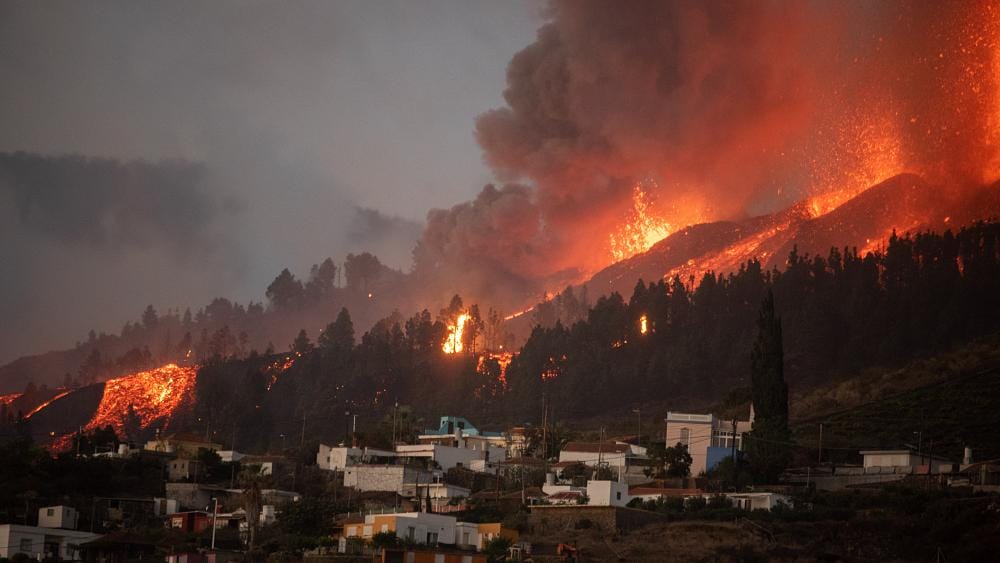
It’s concerning. The future of humanity is in jeopardy now more than ever. According to a new analysis from the United Nations Office for Disaster Risk Reduction, every year between 350 and 500 medium-to-large-scale disasters occurred around the world in the last two decades.
The fact that this is five times higher than the average over the previous three decades is the reason for alarm.
The United Nations has warned that humanity is suffering from a “broken perception of risk”. It is leading to actions and behaviors that contribute to climate change and an increase in natural disasters around the world.
Drought-related calamities, extreme temperatures, and destructive flooding are expected to become increasingly common as the climate changes.
According to the estimate, the world would experience 560 disasters each year by 2030, or 1.5 disasters per day.
UNDRR states the cause of this sharp increase is a “broken perception of risk based on optimism, underestimation, and invincibility.”
Humanity, on the other hand, continues to ignore the enormous dangers. Thus, “setting humanity on a spiral to self-destruction,” UN Deputy Secretary-General Amina Mohammed warned.
This indifference comes with a hefty price tag. As per the analysis, disasters have cost roughly $170 billion per year around the world over the last decade.
Low-income countries are bearing the brunt of the expense. Disasters cost them 1% of their national GDP each year, compared to 0.1 to 0.2 percent in wealthier countries.
The expenditures will climb as the number of disasters rises.
The report predicts climate change and natural disasters would cause 37.6 million more people to live in extreme poverty by 2030.
